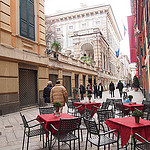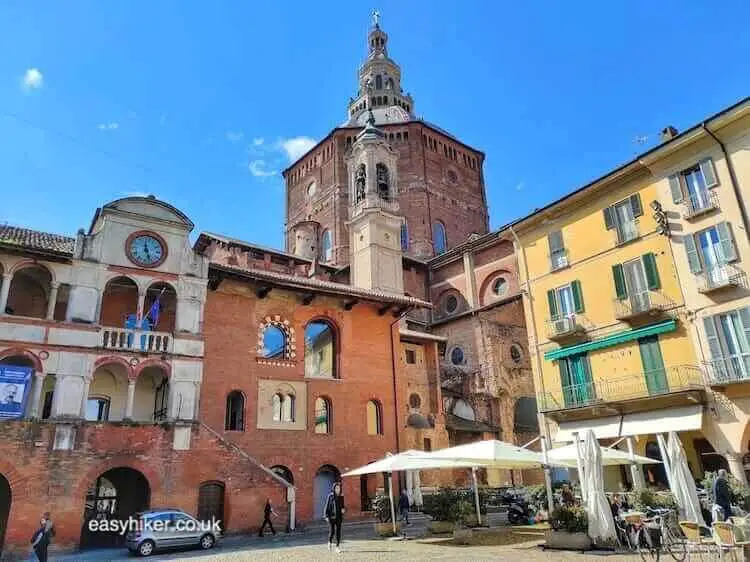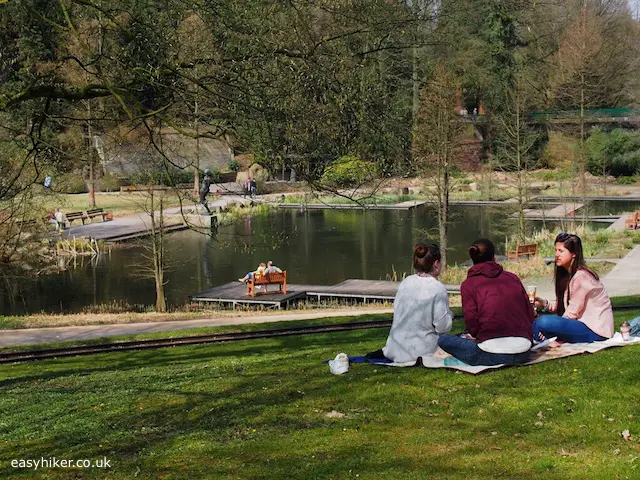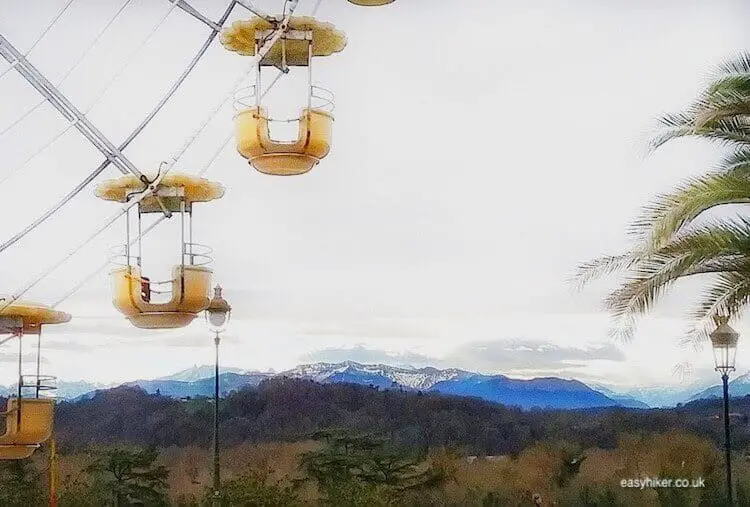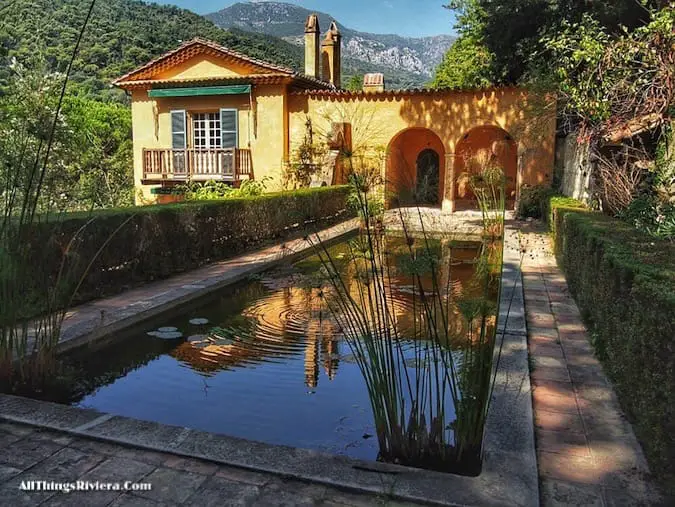What is it that gives the French Riviera its unique flavour? It cannot be the mix of sunshine and spectacular landscapes, because many other places in the world have that, too. It cannot be a richness of history and culture, because there is – frankly – little of either.
No: the one ingredient that gives the Riviera its unmistakable character is money. And there is loads of it, in different varieties: old money, new money, money so fresh that you can smell the print. Money, money, money. Let’s follow the money.
Admittedly, most of the time this money is so well hidden that it is practically invisible (we are looking at you, Monaco), just shimmering through the urban fabric if you know how and where to look. Sometimes, you can glimpse its presence in clothes shops, jewellery shops and “for sale” ads …
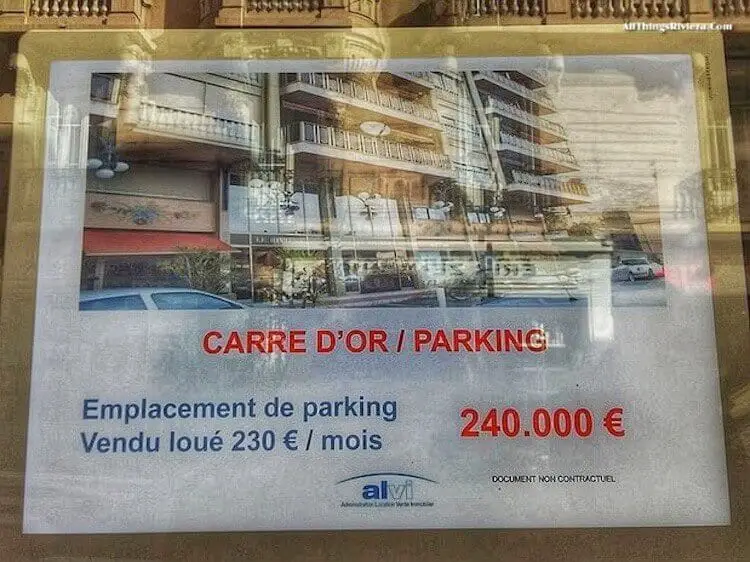
… but it is on the hills above the towns where the Riviera money becomes most spectacularly visible.
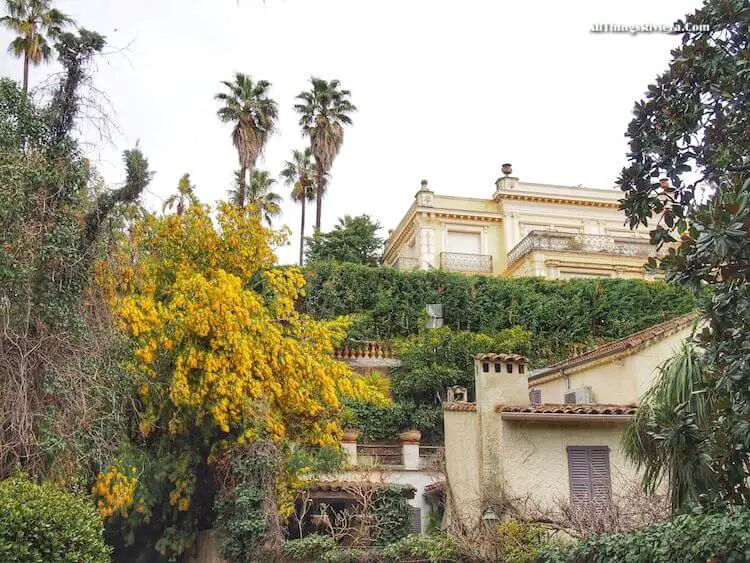
Generally, it is discreetly tucked away, far from railway tracks, bus lines, sometimes even from roads. (Where there are roads, they have no sidewalks and as little through traffic as can be engineered: no prying eyes, please).
Occasionally, however, through some topographical accident or the other, the streets-that-are-paved-with-gold approach the large coastal towns.
One such area is the quarter known as La Californie in Cannes. You want to see how the oligarchs live? Then we invite you to come with us on today’s walk.
Let’s Follow the Money in the French Riviera
La Californie starts on the far side of the roundabout that you can reach in 15 minutes from Cannes train station. Walk straight out of the station building into Rue des Serbes, turn left at the second corner and follow Rue d’Antibes – the main downtown shopping street – straight past the roundabout into the Avenue du Marechal Juin.
You are now walking on La Californie’s southern border, although there is little to suggest what you will find further up.
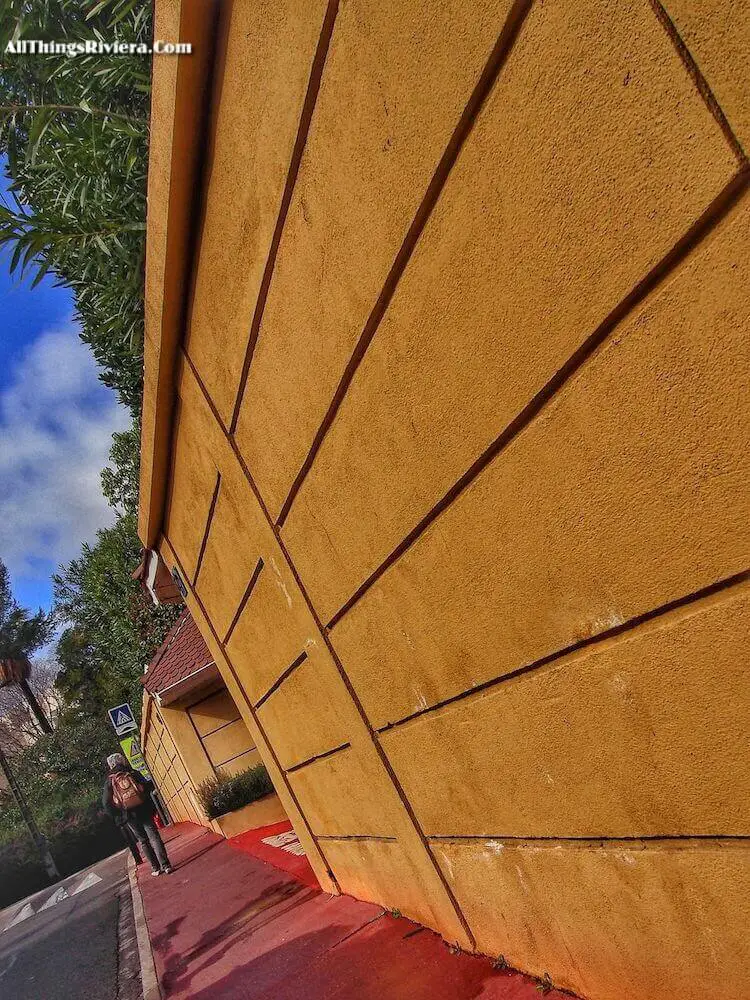
Turning left into Avenue du Roi Albert 1er and then right into Avenue Coste Belle, we start with a house that gives you an insight into the quarter’s recent history.
At No. 18-22, you will find Villa Flore, formerly known as the Villa Picasso, which served the artist as his main residence between 1955 and 1962.
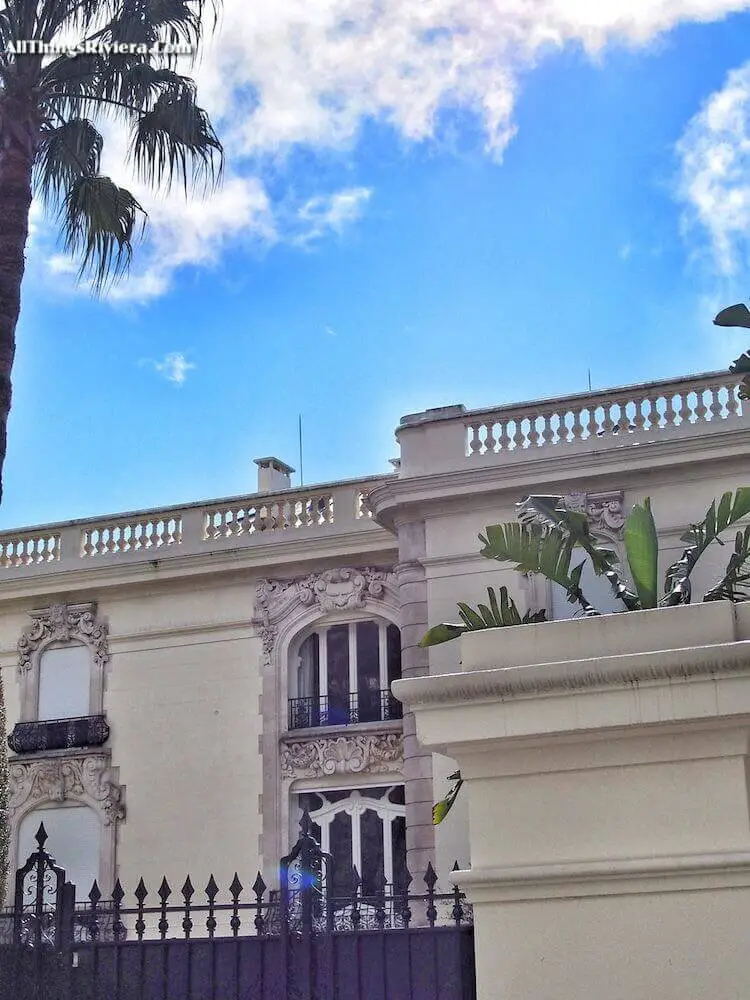
A few years ago, Picasso’s granddaughter put the villa up for sale. She wanted to get rid of the house, she said, because it brought back “too many painful memories of an indifferent grandfather”.
Not that she was prepared to throw these memories overboard for the sake of it, however: she is said to have turned down one offer in the region of €120 million. (There are not many living artists who could afford to buy the villa today. That’s the way La Californie has gone.)
You cannot see much from the outside, but the art-nouveau-style window frames on the ground floor of the house (the villa was built in 1920) are reminiscent of Picasso’s former atelier, of which we have a rich photographic as well as artistic record.
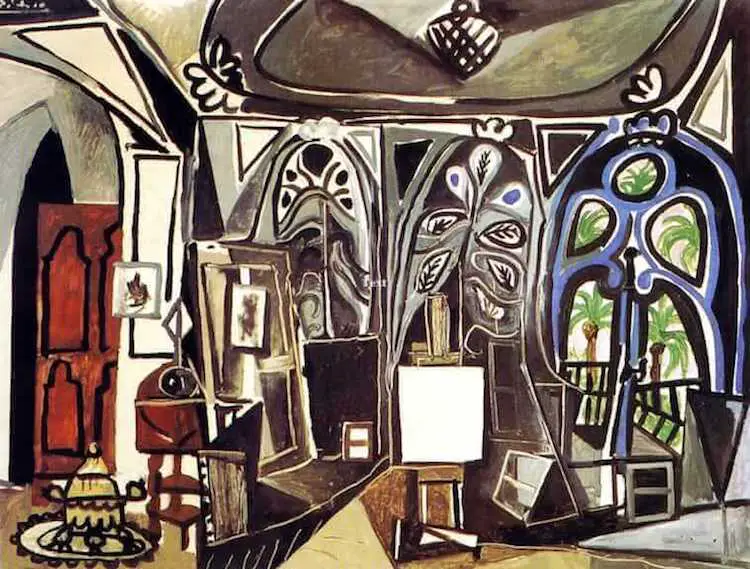
Late Picasso is rarely as breath-taking as his younger self, but he still produced some very well-known paintings while living in La Californie. Such as the Bay of Cannes, which appears to reflect a certain discontent with the progress of urban sprawl.
This discontent was ultimately the reason why Picasso left Cannes in 1961, moving up into the more quiet hillside village of Mougins.
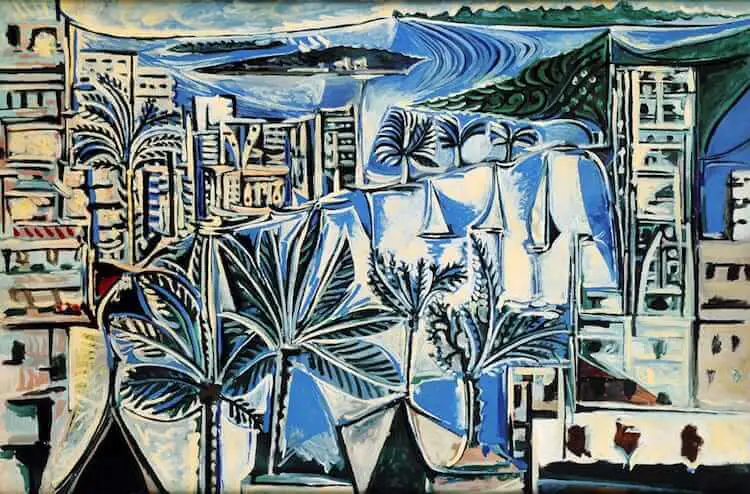
Continue up the Avenue Coste Belle to arrive back at the (winding) Avenue du Roi Albert 1er. Follow this street past the village church (La Californie’s only nod towards the conventions of a “proper” village) …
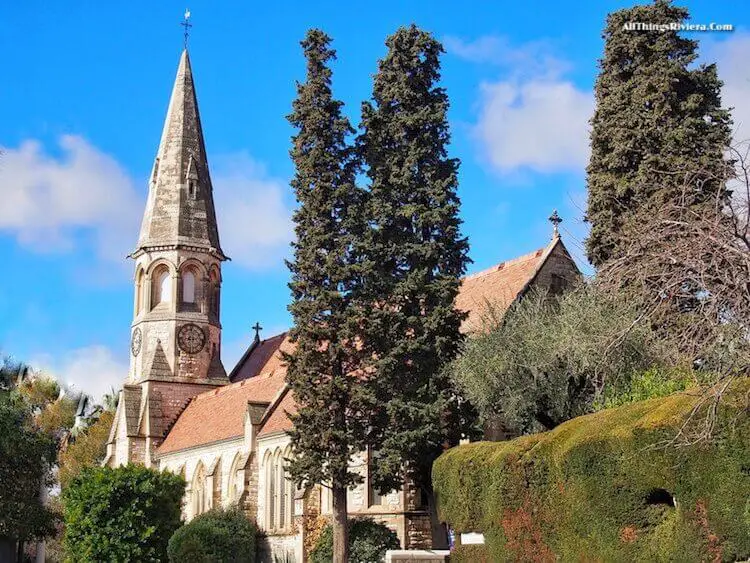
… before turning right to walk up the Chemin de Montrouge.
At its end, turn left into Boulevard St Georges and continue straight when it merges into the Boulevard des Pins which, in turn, joins the Avenue Fiesole.
Take a brief detour on your right hand side into the Impasse Fiesole …
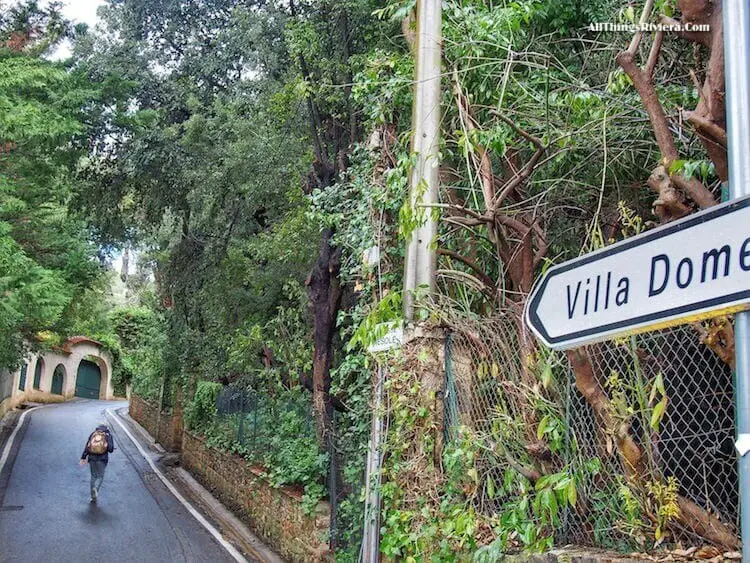
… where, in the Villa Domergue, the jury of the Cannes Film Festival meets every year to decide who wins the Golden Palm. Please note that you can enter the grounds only in the summer months (from July to September).
Continue down Avenue Fiesole to the crossing with Isola Bella and decide whether you want to finish the walk here (turning left, you will reach the town centre within 15 minutes) or continue to explore the quarter by turning right towards the Boulevard d’Oxford and the Boulevard d‘Annam.
The walk up to this point is approx. 2 hours long, long enough to provide you with a fairly good impression of La Californie’s architectural style, which can probably be best described as “predominantly eclectic” …
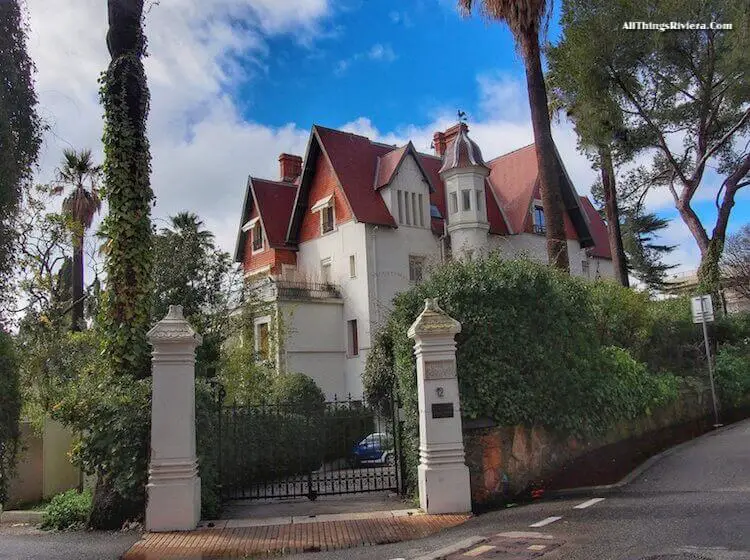
… although there are also quite a few high-quality modern buildings on show, sometimes constructed for individual clients, sometimes for property developers as condominiums.
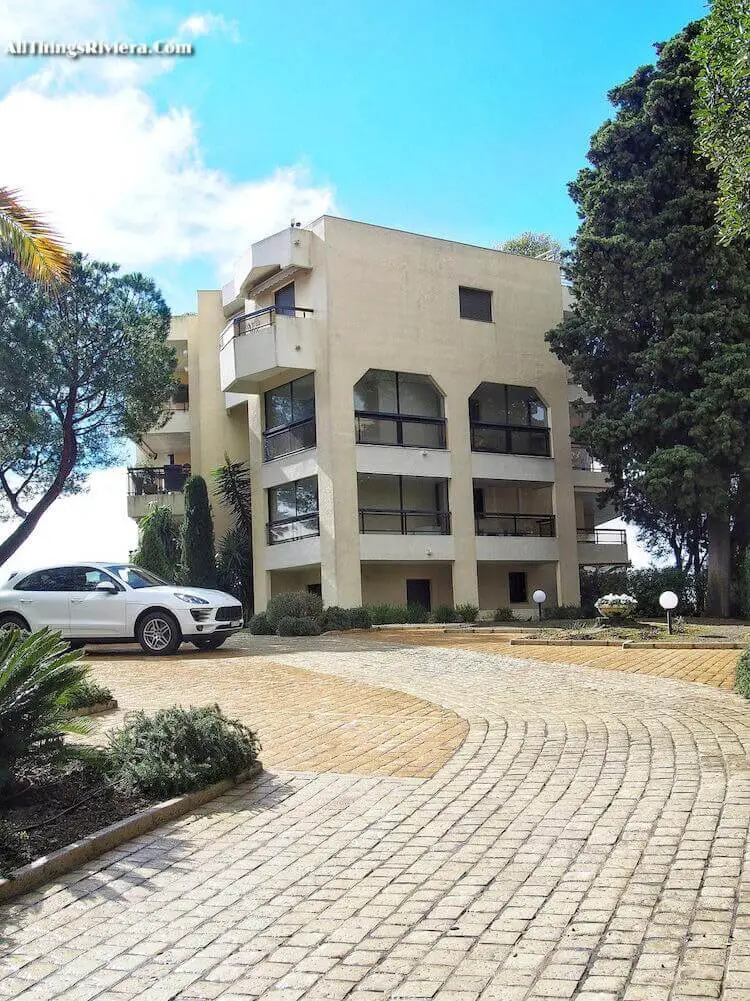
You will also have found that, generally, modern as well as old buildings get fancier as you move higher up the hill, although one of the most sumptuous residences is located near the bottom of the slope on 18 Avenue du Roi Albert 1er.
Villa Kazbek, named after a mountain in the Caucasus, was constructed for Grand Duke Mikhail Mikhailovich, the “uncrowned Prince of the French Riviera” in the years before WWI.
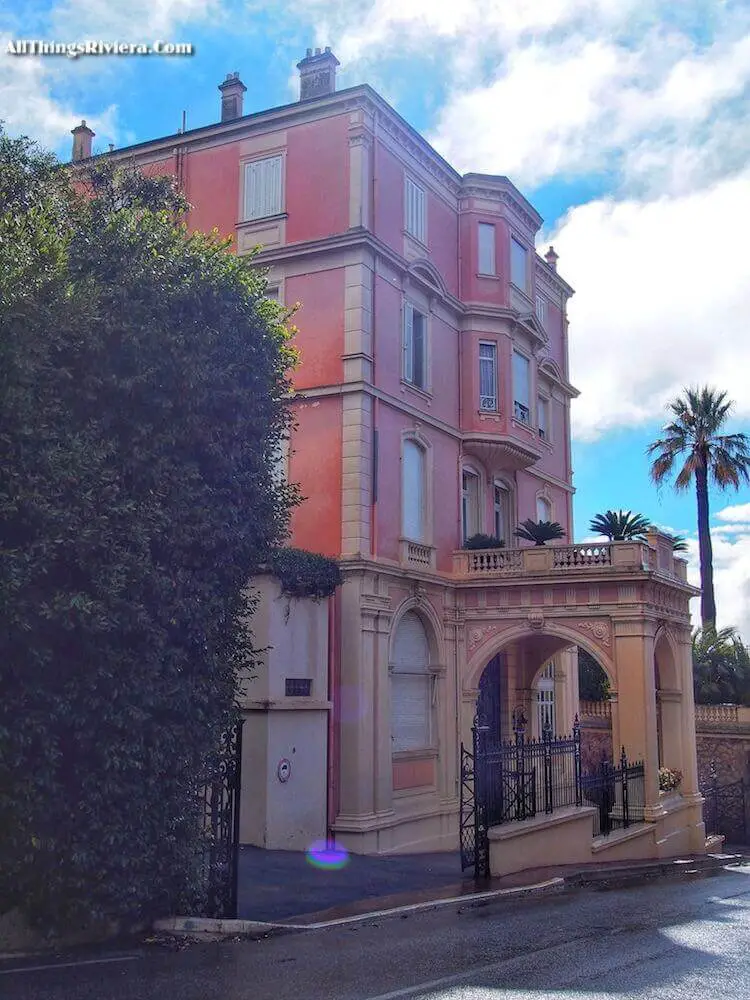
Grand Duke Mikhail was forced to live much of his life in exile, after he had fallen from grace at the Russian Court following his marriage to Natalie Alexandrovna Pushkin (a descendant of the poet), who did not have the right aristocratic pedigree for a member of the Imperial household.
When news of the wedding was broken to the Grand Duke’s mother, she was so shocked that she suffered a fatal heart attack, aged only 51. Mikhail was not allowed to return to Saint Petersburg for her funeral.
As I said: there may not be much serious history on the French Riviera, but there is certainly no shortage of gossip.
The walk will allow you to follow the money and give you a glimpse into the lives of the Riviera’s plutocrats, but it is also great for collecting pictures of the coastal landscape.
Some of the views you stumble upon …
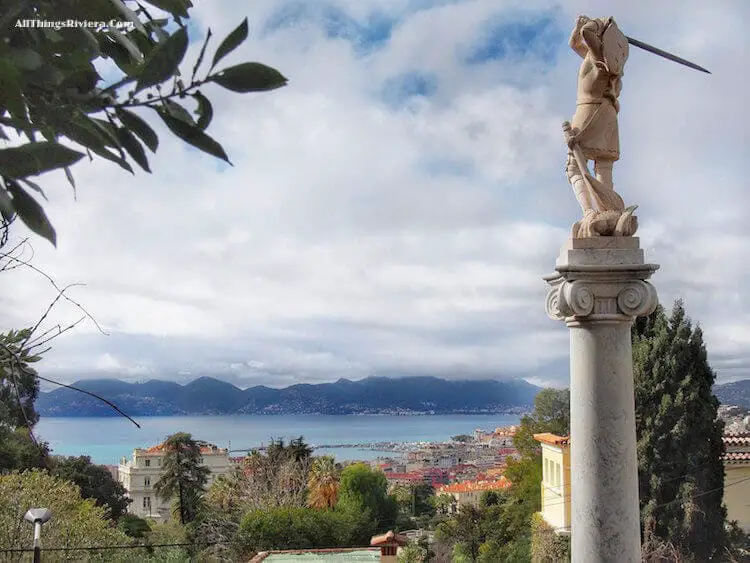
… while some open up at the end of a side street …
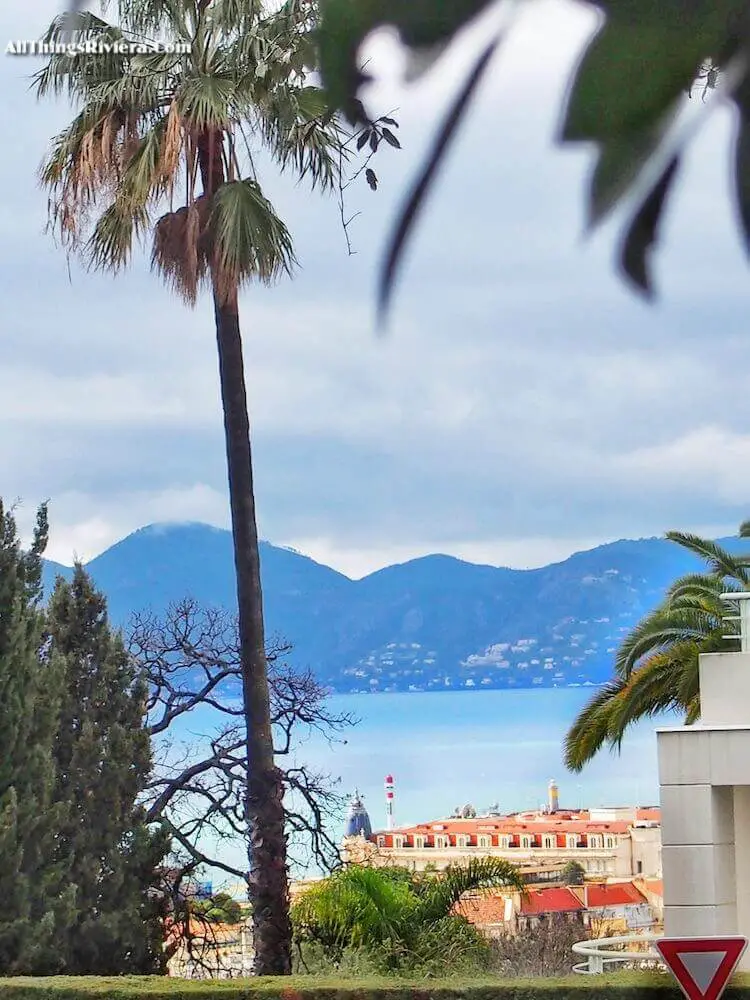
… and others require physical contortions: the residents don’t make it easy for you to get around, and many views are blocked by walls and fences.
This view, for example, …
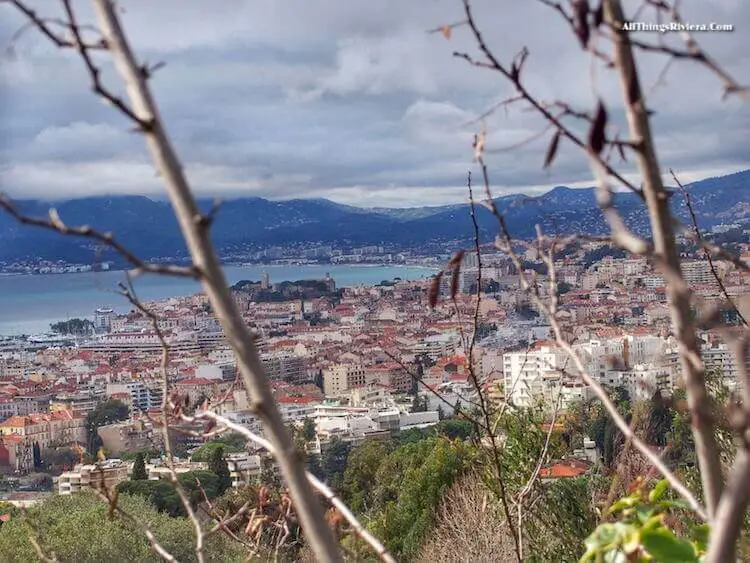
… was photographed with one foot on a ledge, the camera balanced overhead.
The owners of the garden on the left would, in theory, have the time to enjoy the view more leisurely, but they had in fact gone bankrupt, leaving the house under the management of a bailiff.
That is something from which to take comfort: there certainly is a lot of glitter on the Riviera, and while some of it may indeed be gold, this does not always mean that the gold has been paid for.


